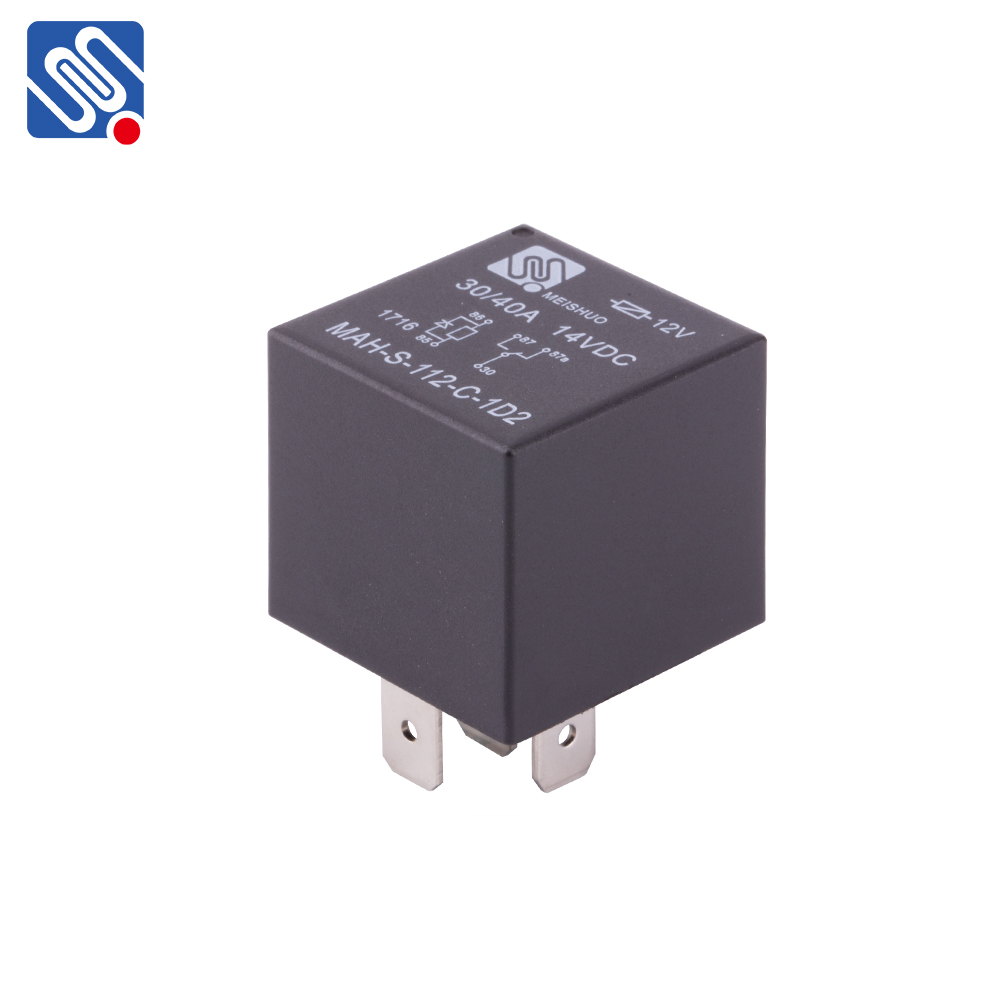relay characteristics: understanding the role of meishuo in relay systems
Release time:2025-06-06 05:09:48
Relays are essential components in electrical circuits, used to control the flow of electricity by opening or closing contacts based on input signals. These characteristics play a crucial role in ensuring that relays function effectively within various applications, ranging from simple switchgear systems to complex industrial machinery. Among the various relay types available, Meishuo relays stand out for their unique features and reliability, making them a preferred choice in numerous industries.

1. Basic Relay Characteristics
The core function of a relay is to act as an electrically operated switch. When a relay coil is energized by an input signal, it generates a magnetic field that either attracts or repels a mechanical arm, causing the relay to either open or close its contacts. This ability to control a circuit remotely is what makes relays indispensable for systems that require automated control.
Key characteristics of relays include:
Coil Voltage: The voltage required to energize the relay coil. It determines the input signal strength needed to activate the relay.
Contact Configuration: Relays come with different types of contact configurations, such as single-pole single-throw (SPST) and double-pole double-throw (DPDT), which define how the relay interacts with the circuit when activated.

